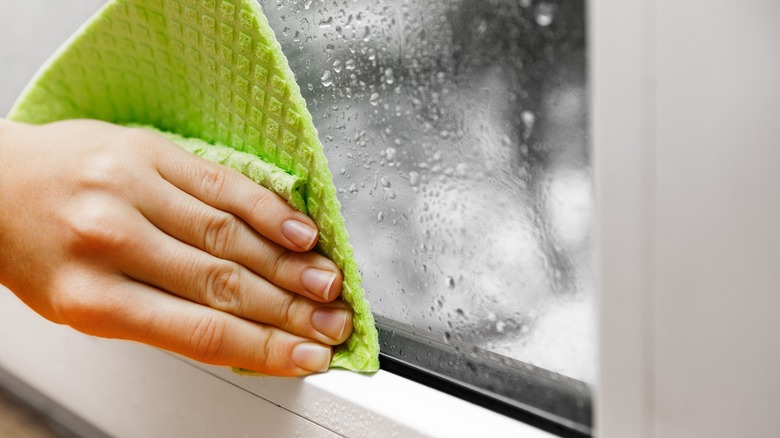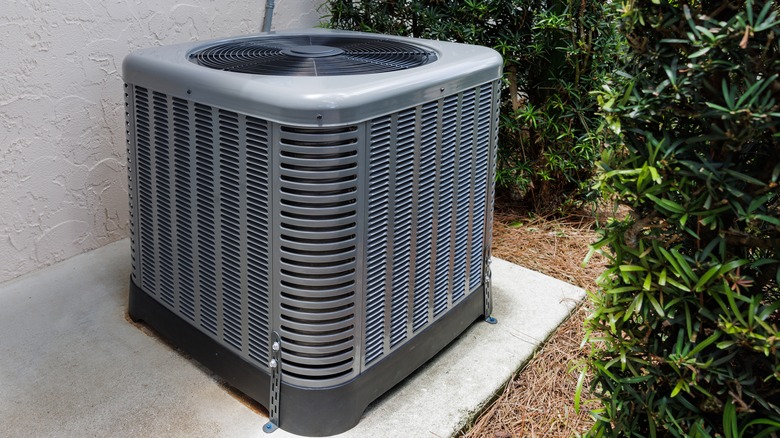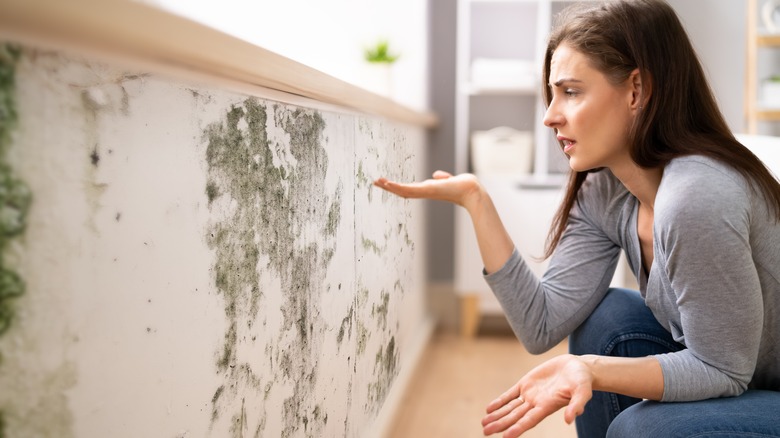Why Is My House Humid Even With The Air Conditioning On?
High humidity levels within a home can lead to discomfort, health complications, and potential property damage. Despite the use of air conditioning (AC), excessive humidity can persist due to a couple of key factors. First, an oversized AC system may cool the air too rapidly, not allowing sufficient time for dehumidification, thereby maintaining high humidity levels. The size of your AC equipment should be proportional to the space it serves to ensure effective dehumidification.
Second, the state of your air conditioner's condenser coils can significantly influence the humidity levels in your home. These vital components of your AC system use refrigerants to remove heat and moisture from the indoor air, expelling the heat outside. However, dirt and grime accumulating on these coils can hinder the heat transfer process. As a result, the efficiency of the refrigerant in cooling the air and effectively reducing humidity is adversely affected. Therefore, keeping your condenser coils clean ensures the best possible humidity control.
How to lessen the humidity in your house
Addressing high humidity levels in your home can be achieved through several practical steps. Beyond appropriately sizing your AC equipment and maintaining clean condenser coils, there are a few other ways to reduce humidity levels. First, the condition of your air filters can significantly impact humidity control. Regular checks and cleaning or replacing these filters as necessary can enhance airflow and improve dehumidification. Second, the drain line, which removes excess moisture from the air, should be kept clean to prevent clogs. Regular cleaning ensures smooth operation and effective moisture removal.
Additionally, a dehumidifier could be an effective solution. Portable dehumidifiers can be moved around to target the most humid rooms first. Alternatively, whole-house dehumidifiers, which connect directly to your HVAC system, are a good option if your home experiences high humidity levels throughout the year. Ensuring your home is well-ventilated is essential to facilitate air circulation, and adequate moisture removal is necessary. Open windows and doors to allow fresh air when the weather permits. Additionally, use exhaust fans in areas prone to moisture accumulation, such as bathrooms and kitchens.
Long-term impacts of a humid house
Living in an environment with high humidity levels can have lasting repercussions for your health and your home's structural integrity. Mold growth poses a particular threat in these humid conditions. Its growth thrives under damp conditions, potentially leading to respiratory diseases or allergies as well as structural damages, which can significantly decrease home value over time.
High humidity also results in condensation on windows and walls, leading to water damage that leads to structural rot or other costly structural problems requiring professional expertise to fix. Furthermore, excessively humid indoor conditions create damp conditions where dust mites, bacteria, and allergens thrive – leading to respiratory ailments or allergies and aggravating existing medical conditions like asthma.
In addition to these issues, high humidity can also cause paint and wallpaper to peel off, further damaging the aesthetics of your home. Moreover, it can lead to an unpleasant musty odor, making the living environment uncomfortable. Therefore, it's not only about maintaining the structural integrity and health aspects but also about preserving your home's overall ambiance and comfort.


